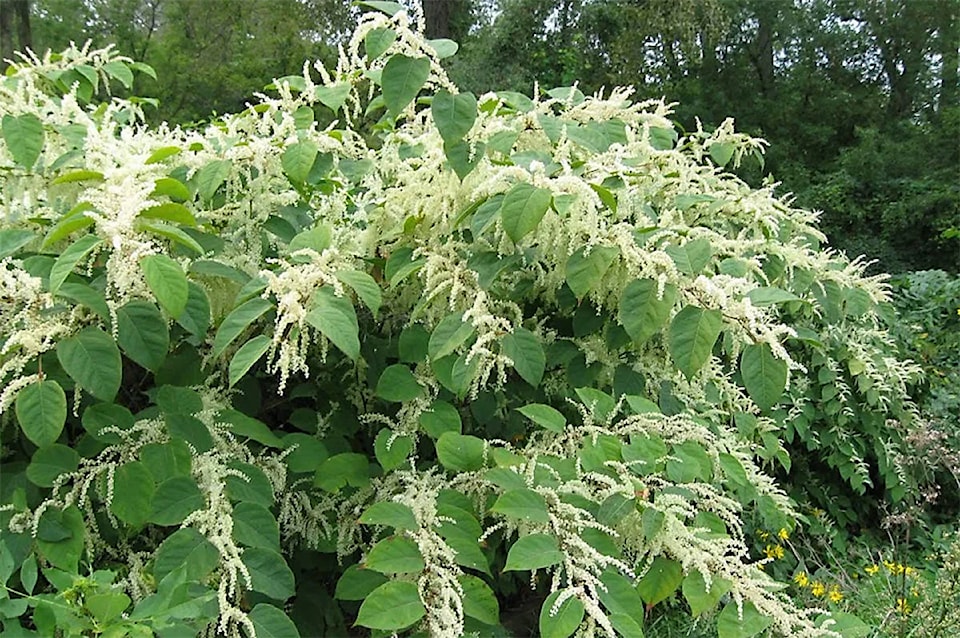Some thought before we act is the way to go. Kind of like the admonishment to measure twice, cut once, forethought can save us a lot of trouble down the road.
Nowhere is that more evident than when we look at the problems we’re having with invasive species here in the Cowichan Valley.
Last weekend there was an event to pull an invasive variety of seaweed out of Maple Bay, where it is proliferating and choking out all manner of native species. It’s thought to have come to our waters on ships that brought it from its native Japan. There was a time, relatively recently, that we did not even consider these kinds of things. We didn’t think about what might be on the ships that came to our shores beyond the actual cargo; the accidental stowaways didn’t cross our minds.
Then there was the report to North Cowichan council about the ongoing scourge of parrot’s feather that’s taking over the Somenos watershed, from the Creek (where it now covers 80 per cent of the waterway) to the lake. Parrot’s feather came to Cowichan because at some point, someone deliberately sowed the aquatic plant. It was probably put in to beautify some kind of water feature, and then got away. The original planter probably didn’t consider for a second what could happen if it spread into our natural environment.
Now we’re stuck with trying to decide between a selection of universally expensive and time-consuming methods to even try to get it under control, let alone eradicate it.
At Cowichan Lake the invader is Japanese knotweed. Similar to parrot’s feather, it was likely planted by some enthusiastic gardener for aesthetic reasons. And it got away. Now it can be found from Caycuse to Lakeview Park and beyond.
You’d have to be blind not to see the bright yellow bloom of the Scotch broom infestation that has spread through virtually every open and abandoned patch of ground. It both chokes out native species and is a fire hazard in summer when we need it least.
There are, of course, many more, some worse than others. But the thing is, these will likely not be the last invaders we have to battle. While we can possibly be forgiven for some of the invasive plants we introduced early on, there is really no excuse now. Now we know exactly how terrible and expensive these infestations can end up being. We can no longer just import new stuff because it’s pretty and naively think it’s going to stay where we planted it. We have all the evidence we could ever need to the contrary.
So along with fighting the harmful invaders that are already here, we must commit to curbing the chance of future threats by thinking first.
